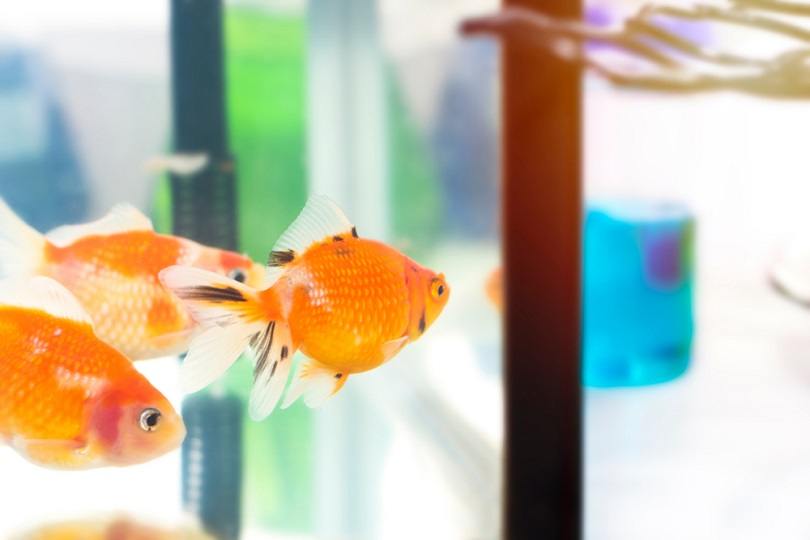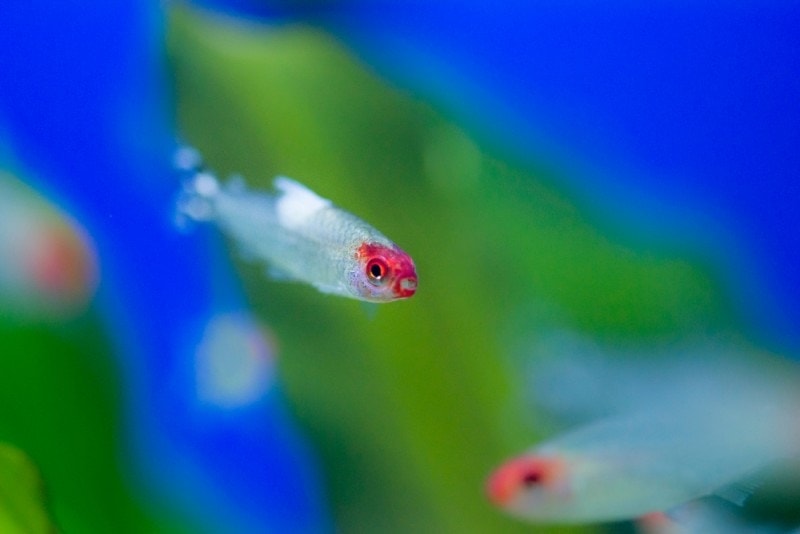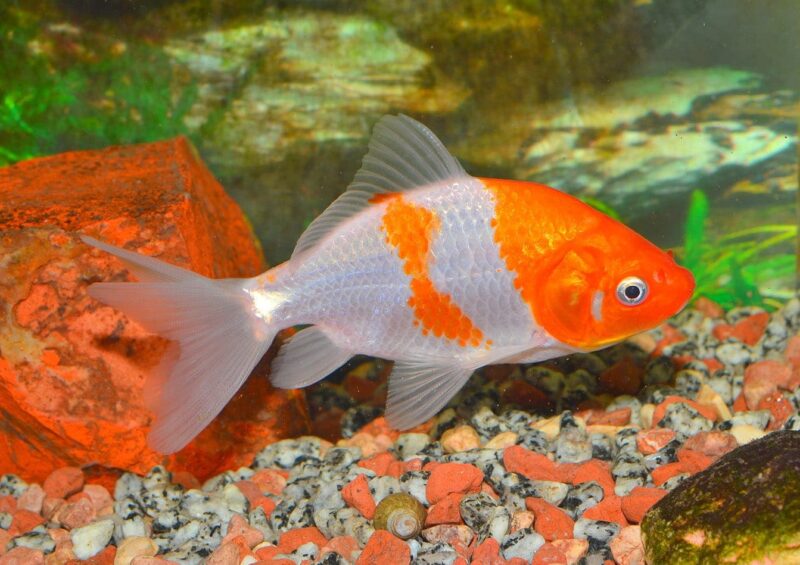How to Manage pH in a Saltwater Tank: 5 Expert Tips

Updated on

The pH of a saltwater tank is important in both fresh and saltwater aquariums. Although it is easy to manage in a freshwater tank, saltwater tanks need a lot more effort. Novice and seasoned aquarists alike must monitor and control the pH of the tank. The pH of the water is as important as the ammonia, nitrite, and nitrate parameters.
Keeping your fish healthy starts by providing them with a well-established environment that meets their survival needs and allows them to thrive. This makes pH more important than we think. Modifying the pH in your saltwater tank is simple once you learn a few tips on management.
If the pH is unstable or is too low or high for the type of species you keep, immediate yet gradual changes should be made to not send the fish into pH shock.
What is pH?
The pH of the water is the determination of how alkaline or acidic your water is. A saltwater tank is encouraged to stay in the range of 7.5 to 8.5 to ensure healthy fish. The general pH is measured on a scale from 0 to 14, with 7 being neutral. Some fish require water with a high pH, whereas others will prefer a more alkaline pH.
Saltwater has natural salts such as bicarbonate sodium, calcium, hydroxide, and borate. These salts naturally act as a buffer around your tank’s pH. Once these salts have decreased in the water, your pH will start to be infected.

Why is pH Important?
pH affects the overall slime coat of the fish. If a fish requires a more alkaline tank, the excess acid will start to burn them. To avoid this, measures should be in place to ensure you are keeping your fish healthy and happy.
Factors That Change The pH Level
- Excess carbon dioxide levels will gradually turn the aquarium’s water more acidic.
- Nitric acid builds up from biological filter media.
- Organic waste is produced by the inhabitants.
Top 5 Tips to Manage Saltwater pH
1. Regular Water Changes
Changing the saltwater tank’s water often will replace the diminishing salts that naturally occur in saltwater. This is one of the simplest methods for maintaining a tank’s pH balance.
2. Bicarbonate Soda
Adding small amounts of bicarbonate soda into the water every few hours will gradually raise the pH and replenish the diminished natural form of this in the water.
3. pH Down or Up
Using aquarium products that are specifically targeted towards maintaining the pH in an aquarium is recommended. They are by far the most effective and safest. There are two primary pH modifiers, the pH up, and the pH down. Both have different ingredients that do their job well.
4. The pH is Too High
If the pH is too high in the aquarium, adding a small amount of vinegar or carbon dioxide into the water will turn the water more alkaline and neutralize the excess acid. Bottled soda water is a good alternative to vinegar.
5. Testing
Test the pH levels in the tank weekly. Keep track of the pH level in a notebook or via a graph. This will help you to easily manage and notice when there is a subtle change in the pH level that needs to be addressed.
Do Water Parameters Affect pH Levels?
Yes. Ammonia is one of the most problematic water parameters that is not only harmful to your fish but also affects the overall quality of the water. Ammonia is toxic in aquatic life, even in minuscule amounts. The higher the pH, the more toxic ammonia becomes. Keeping the pH stable in your saltwater tank will prevent potential ammonia poisoning that begins at 0.1 parts per million (ppm).
Final Thoughts
Once you get the hang of it, maintaining the pH of your saltwater tank becomes manageable. Making use of test kits and water changes ensures all the parameters in your aquarium are at the right levels to keep your inhabitants healthy.
See also:
Featured Image Credit: Suthiporn Hanchana, Shutterstock












